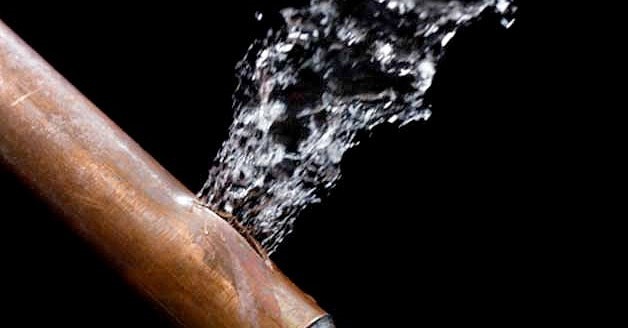Just how to Examine If Your Residence Has a Surprise Leakage
Just how to Examine If Your Residence Has a Surprise Leakage
Blog Article
They are making several great pointers related to Locating water leaks in general in this great article underneath.

Early detection of dripping water lines can alleviate a possible disaster. Some small water leaks may not be noticeable.
1. Take A Look At the Water Meter
Every residence has a water meter. Examining it is a guaranteed way that helps you uncover leakages. For starters, switch off all the water sources. Make certain no person will flush, use the faucet, shower, run the cleaning machine or dish washer. From there, go to the meter and also watch if it will certainly change. Given that nobody is utilizing it, there should be no activities. If it moves, that shows a fast-moving leak. Likewise, if you detect no changes, wait an hour or two and inspect back once again. This indicates you might have a slow leak that can also be underground.
2. Inspect Water Intake
If you detect abrupt changes, despite your consumption being the exact same, it means that you have leaks in your plumbing system. A sudden spike in your costs shows a fast-moving leakage.
On the other hand, a constant rise monthly, despite having the same behaviors, reveals you have a sluggish leakage that's likewise gradually rising. Call a plumber to completely examine your building, especially if you really feel a warm area on your flooring with piping below.
3. Do a Food Coloring Test
30% comes from bathrooms when it comes to water intake. Examination to see if they are running correctly. Drop flecks of food color in the storage tank as well as wait 10 minutes. There's a leakage between the storage tank as well as dish if the color somehow infiltrates your dish throughout that time without flushing.
4. Asses Exterior Lines
Do not fail to remember to examine your exterior water lines also. Examination faucets by attaching a yard hose. Should water seep out of the link, you have a loosened rubber gasket. Replace this and make certain all links are limited. If you've got an automatic sprinkler, it will help get it professionally examined and also kept every year. One small leakage can squander tons of water and also surge your water expense.
5. Analyze the situation and check
House owners must make it a practice to inspect under the sink counters and even inside closets for any type of bad odor or mold and mildew development. These 2 warnings indicate a leak so prompt focus is required. Doing regular assessments, even bi-annually, can save you from a major trouble.
If you recognize your home is currently old, keep a watchful eye on your heating systems, hose pipes, pipes etc. Check for stainings and also weakening as the majority of home appliances and pipes have a life span. They will likewise naturally wear away due to tear and wear. If you think leaking water lines in your plumbing system, don't wait on it to intensify. Call a professional plumber as soon as possible so you don't wind up with an awful mess in your home.
Early detection of dripping water lines can mitigate a potential disaster. Some tiny water leakages might not be noticeable. Checking it is a guaranteed method that aids you uncover leaks. One small leakage can throw away heaps of water and also spike your water expense.
If you believe leaking water lines in your plumbing system, don't wait for it to rise.
WARNING SIGNS OF WATER LEAKAGE BEHIND THE WALL
PERSISTENT MUSTY ODORS
As water slowly drips from a leaky pipe inside the wall, flooring and sheetrock stay damp and develop an odor similar to wet cardboard. It generates a musty smell that can help you find hidden leaks.
MOLD IN UNUSUAL AREAS
Mold usually grows in wet areas like kitchens, baths and laundry rooms. If you spot the stuff on walls or baseboards in other rooms of the house, it’s a good indicator of undetected water leaks.
STAINS THAT GROW
When mold thrives around a leaky pipe, it sometimes takes hold on the inside surface of the affected wall. A growing stain on otherwise clean sheetrock is often your sign of a hidden plumbing problem.
PEELING OR BUBBLING WALLPAPER / PAINT
This clue is easy to miss in rooms that don’t get much use. When you see wallpaper separating along seams or paint bubbling or flaking off the wall, blame sheetrock that stays wet because of an undetected leak.
BUCKLED CEILINGS AND STAINED FLOORS
If ceilings or floors in bathrooms, kitchens or laundry areas develop structural problems, don’t rule out constant damp inside the walls. Wet sheetrock can affect adjacent framing, flooring and ceilings.
https://www.servicemasterbyzaba.com/blog/how-to-detect-water-leakage-in-walls/

I was shown that report on Hacks to detect leaks through an acquaintance on our other site. Sharing is nice. One never knows, you may be helping someone out. We recognize the value of reading our article about Leaking water lines.
Report this page